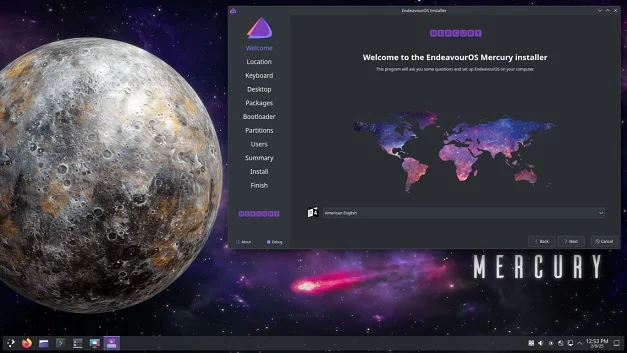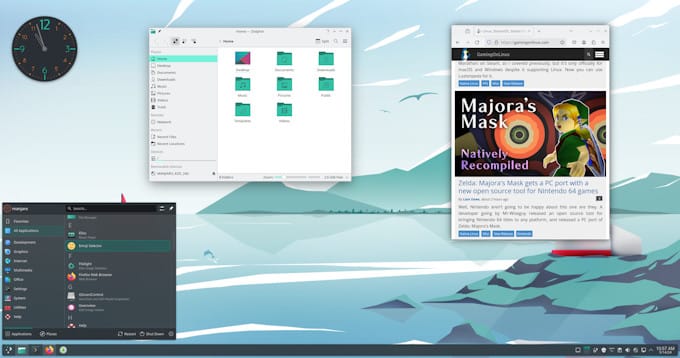Key Takeaways
1. Xray_OS is an Arch-based Linux distribution designed for a personalized and optimized gaming environment, currently in early development by a single creator.
2. The latest release features KDE Plasma as the default desktop, systemd as the init system, and includes various updated packages like gcc 15.2.1 and the 6.16.4 kernel.
3. Unique tools such as Tolito, an AUR helper, enable easier package management, and the Tolitica welcome app allows users to switch shells and manage gaming packages.
4. Xray_OS is free to download and has manageable system requirements, including a 64-bit processor, at least 2 GB of RAM, and 20 GB of drive space.
5. Users can choose between two ISO files for installation: one with Calamares and another with a custom installer.
Xray_OS is currently in its early stages; it started as a personal venture aimed at giving its creator a quick and reliable gaming environment. Still a solo effort, this Arch-based distribution is said to be more than just another Linux variant. The official site claims that Xray_OS is “the Linux you never expected,” thanks to its collection of unique tools built from the ground up, personalized wallpapers, and a user experience that is tailored for optimization.
Latest Release Features
The most recent version was launched yesterday, showcasing KDE Plasma and systemd as the default desktop and init systems. It also includes a variety of updated packages such as bind 9.20.12, gcc 15.2.1, flatpak 1.16.1, grub 2.12, gtk 4.18.6, the 6.16.4 kernel, Python 3.13.7, vim 9.1, and many others. Currently, the GPU driver detection feature still requires some tweaks, so users should proceed with caution while using it.
Custom Tools and Features
This distribution comes with Tolito, a unique AUR helper that simplifies the process of building and downloading packages from well-selected PKGBUILDs, while also allowing for automatic fallback to the regular AUR. Notable features include the seamless installation of DaVinci Resolve and compatibility with Pacman syntax.
The Tolitica custom welcome application enables users to easily switch between shells (bash, fish, and zsh are offered), manage gaming packages, toggle Snapd and Flatpak, and access shortcuts for system configuration. Users can also manage their drives effortlessly.
Accessibility and Requirements
Xray_OS is available for free download and use. The system requirements are quite manageable: a 64-bit processor, at least 2 GB of system memory (4 GB is recommended), 20 GB of drive space, and support for UEFI or Legacy BIOS. There are two ISO files that can be downloaded: one includes Calamares and the other comes with a custom installer.
Source:
Link





